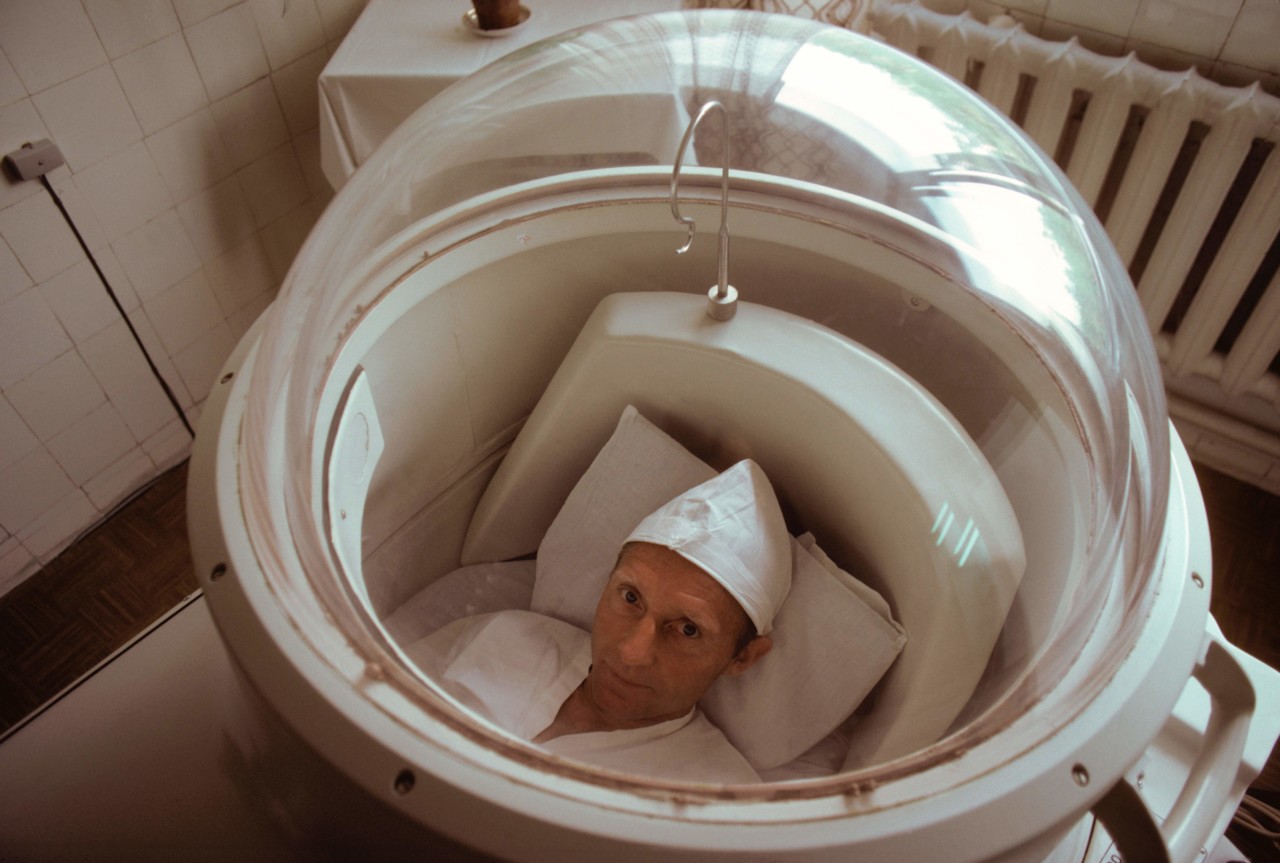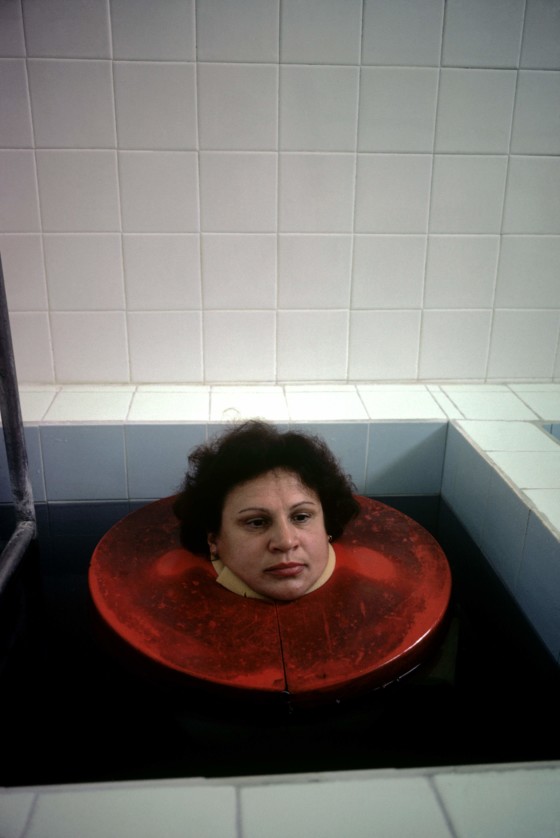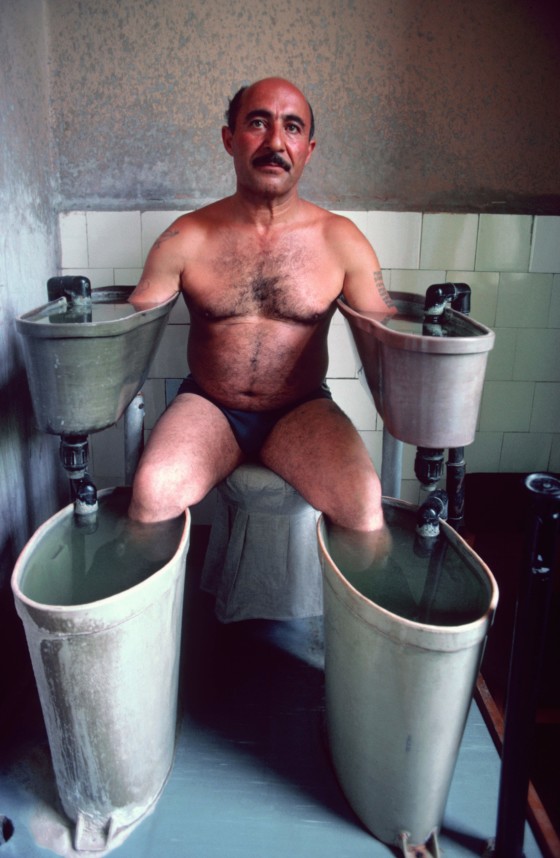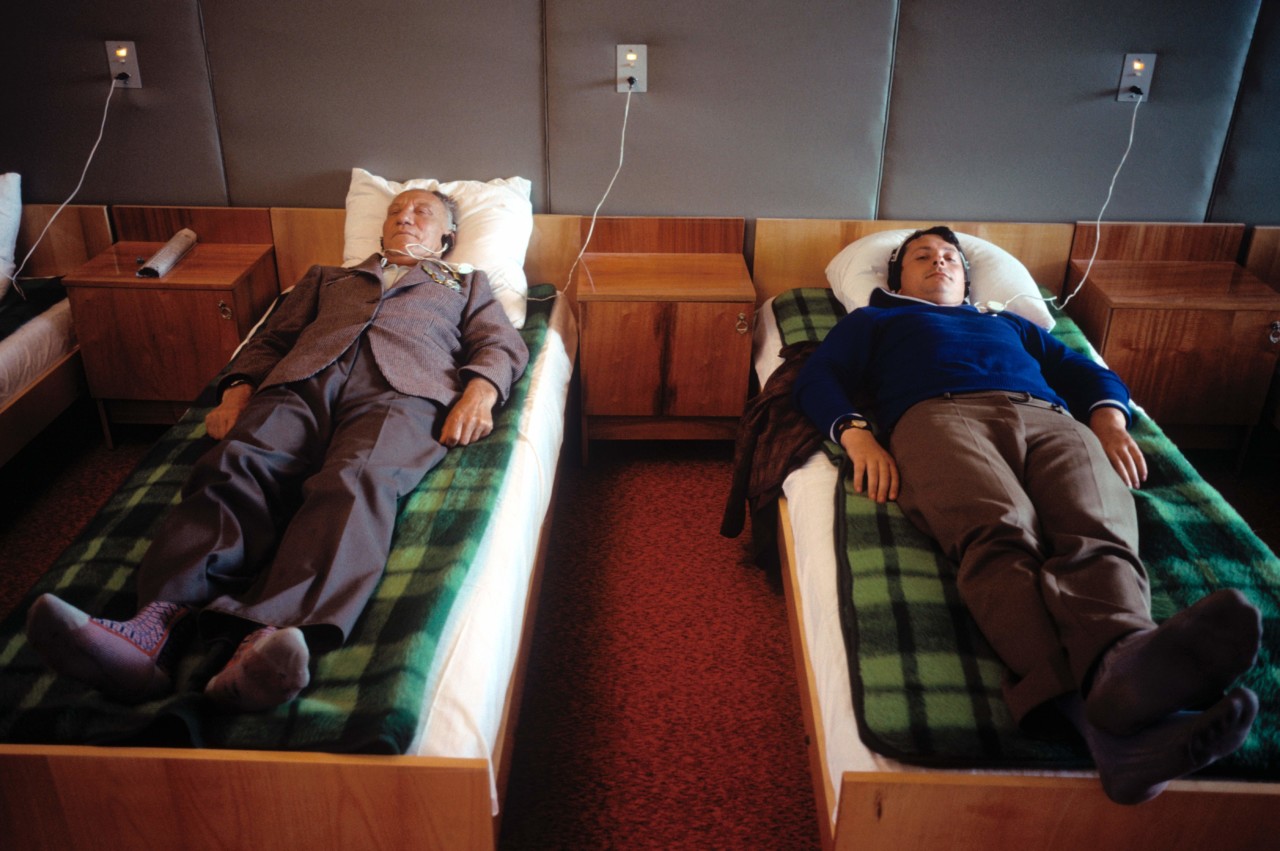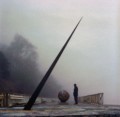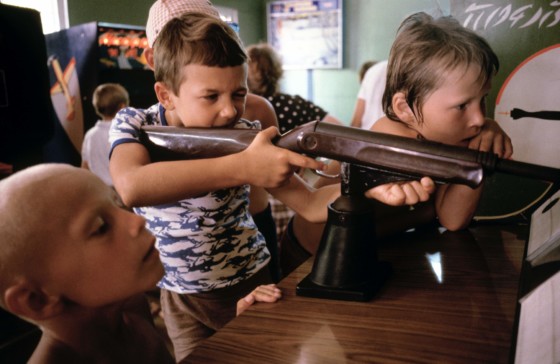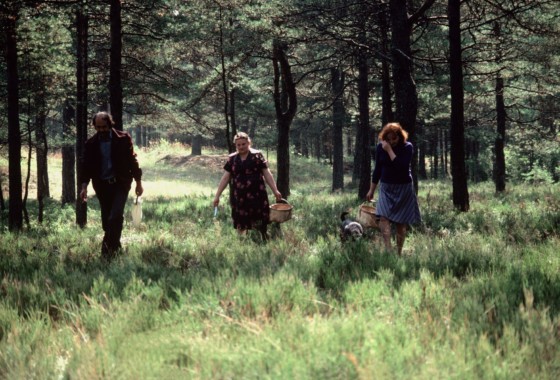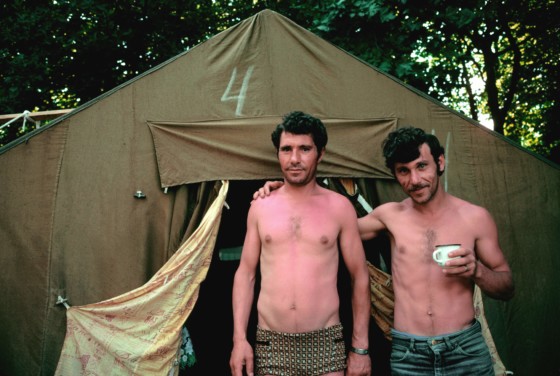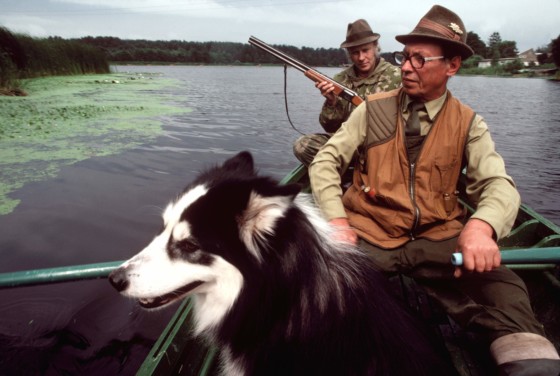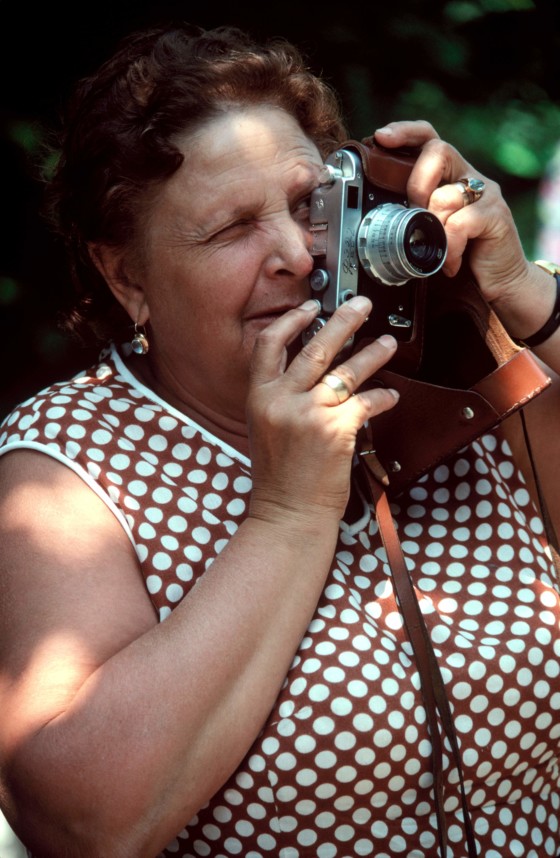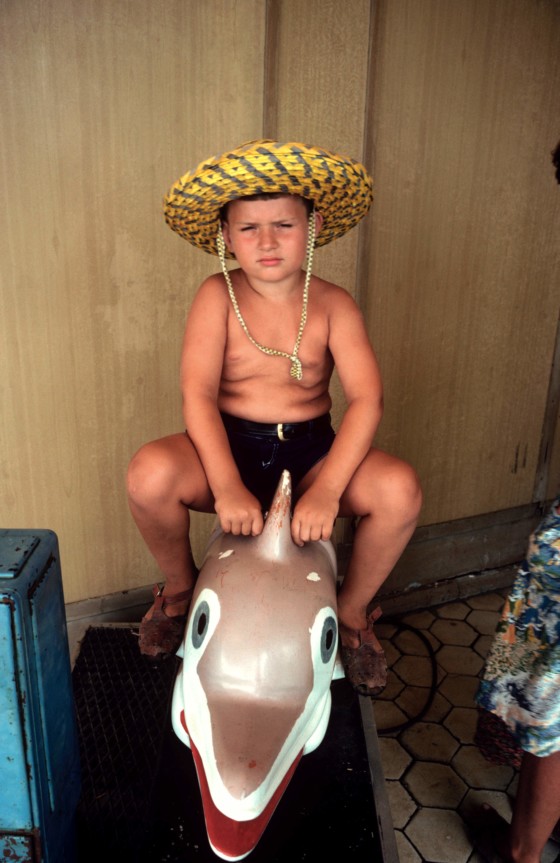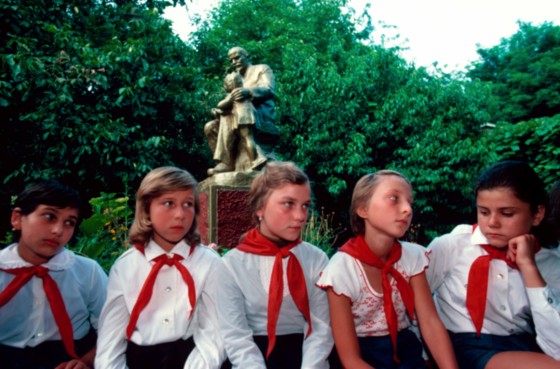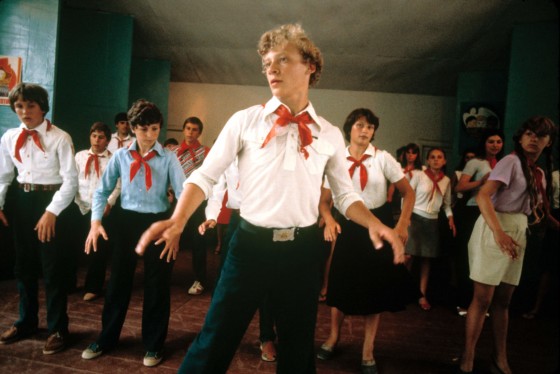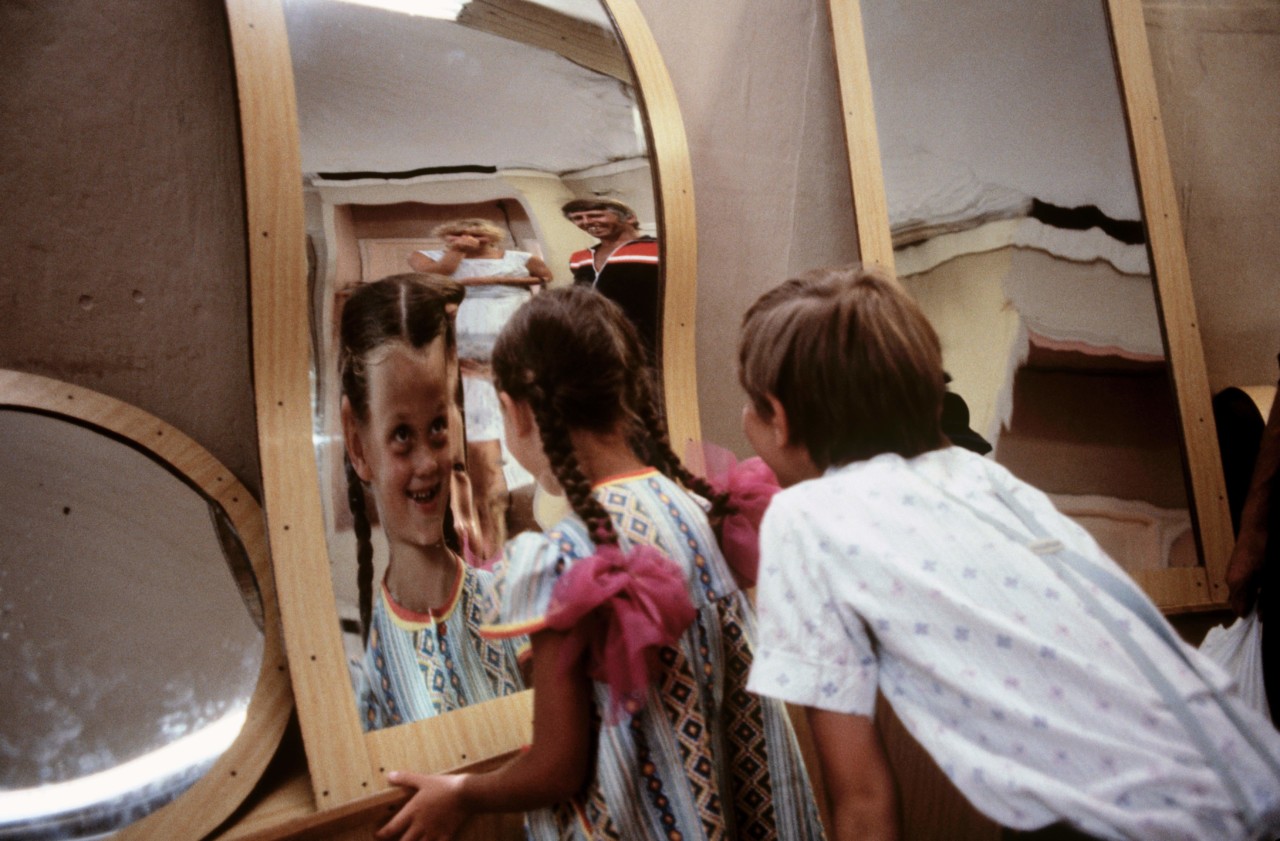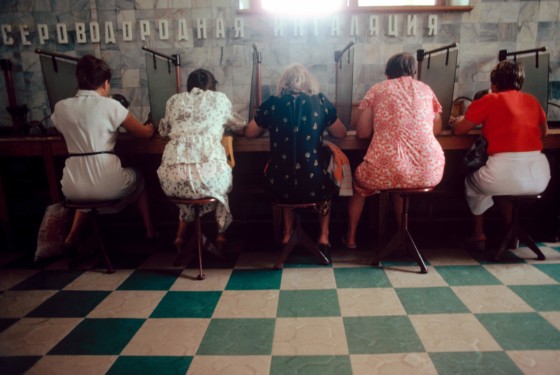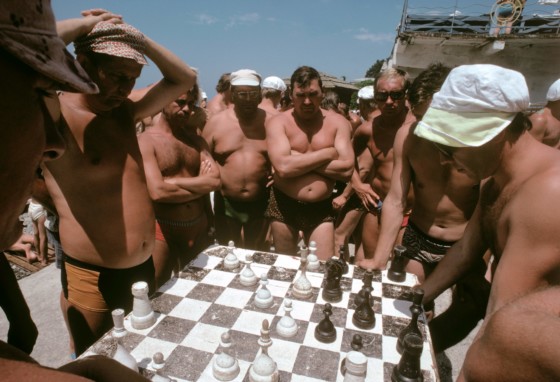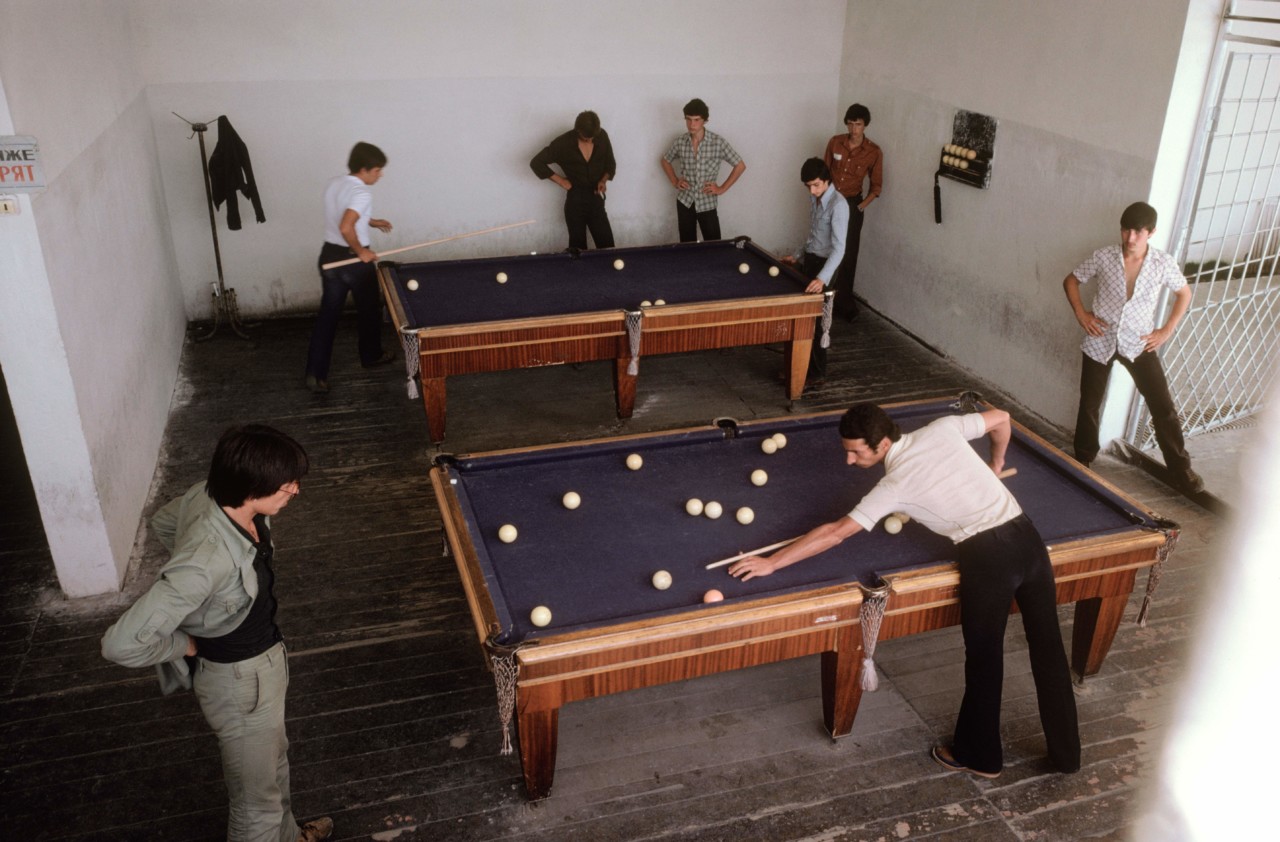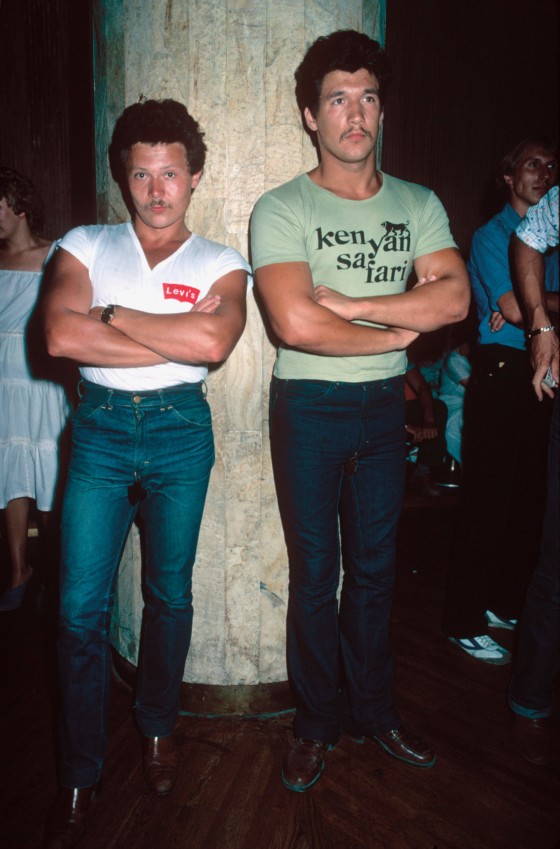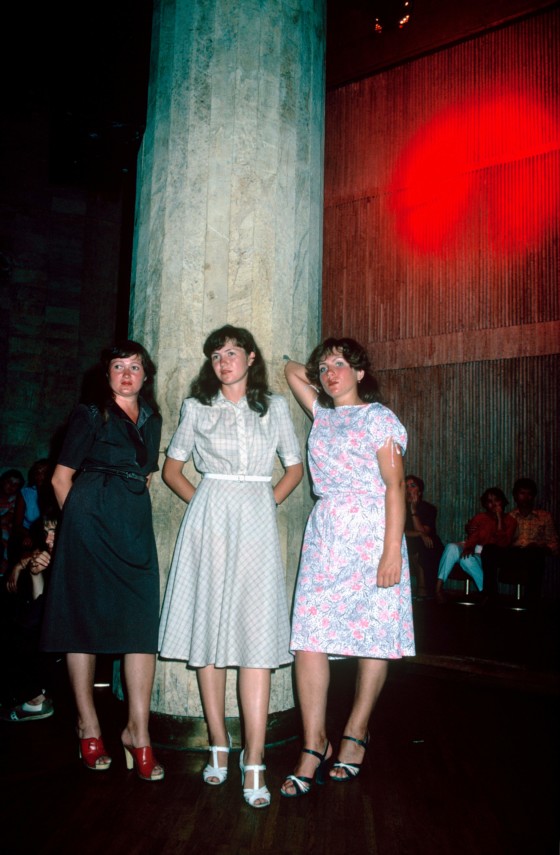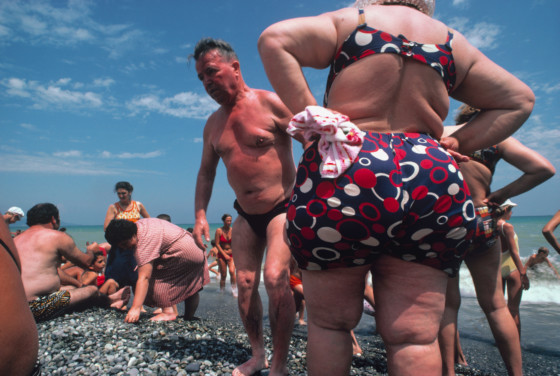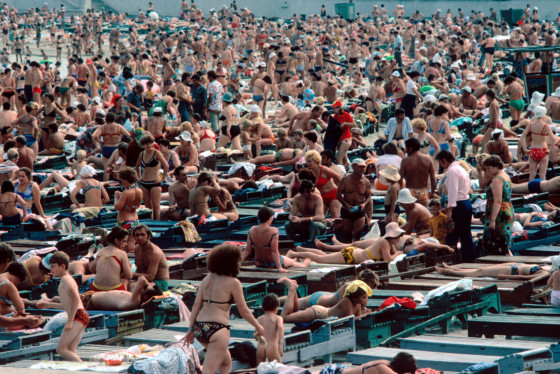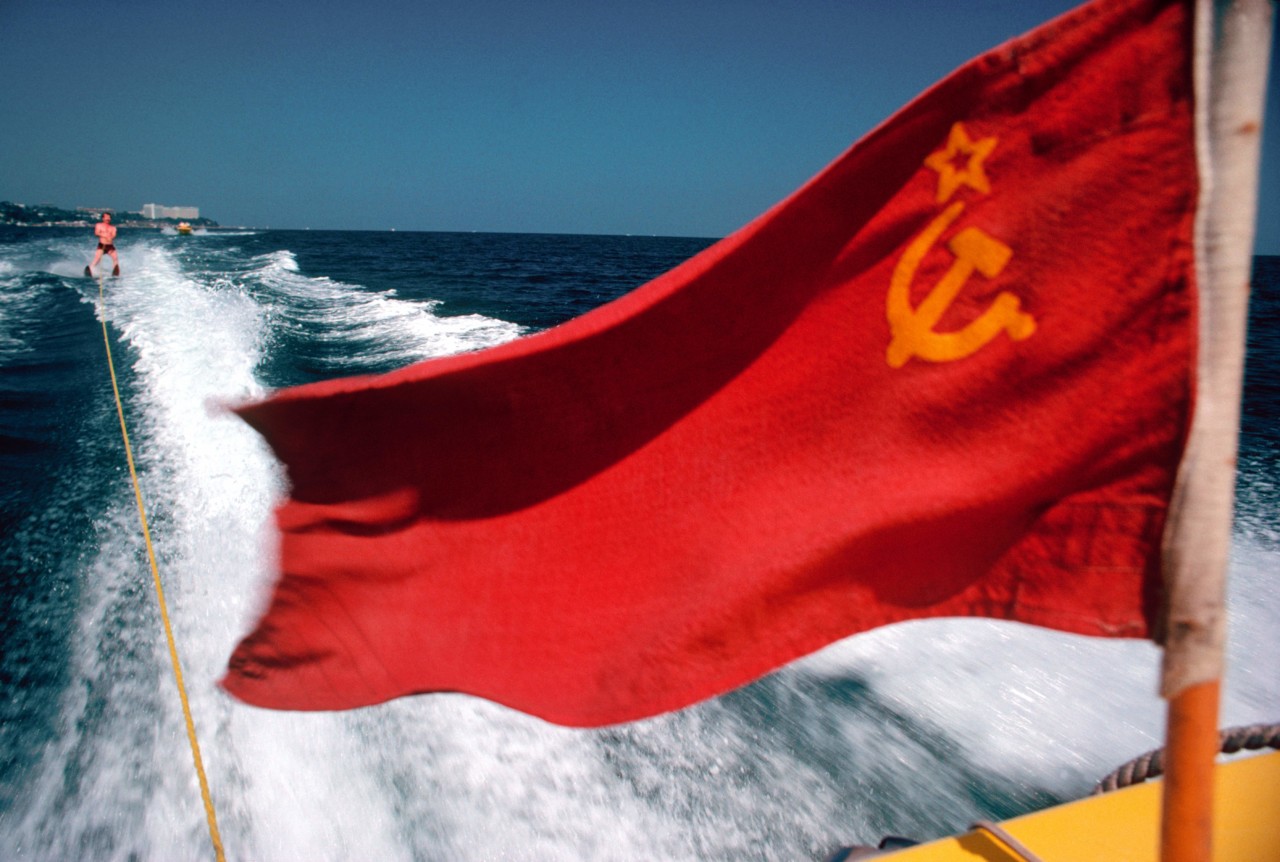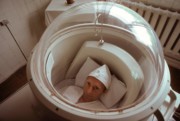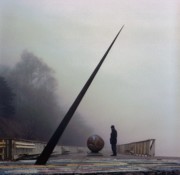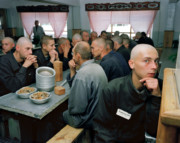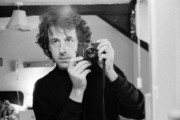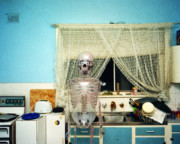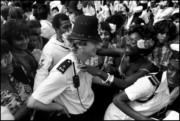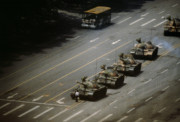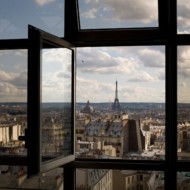Recuperation and Recreation in Soviet Russia: Holidaying Behind the Iron Curtain
Revisiting Peter Marlow’s study of how Russia holidayed in the 1980s
In the West, holidays are typically associated with consumer culture. Hedonism, excess and the fleeting romanticism of the seaside have drawn photographers for decades, but, in the context of 20th-century history, that’s just one side of the story. In 1981, British photographer Peter Marlow and journalist Roger Cooper travelled to Soviet Russia on commission for The Sunday Times to document its resorts and sanatoriums which were built on completely different values: health, efficiency and organized collective experience. On this journey, Marlow produced a fascinating visual survey of holiday culture behind the Iron Curtain, from infrastructure to landscapes to the thrills and pleasures of the ordinary Soviet citizen. The stark difference of the holiday experience from the one they were used to in the West became apparent to them straight away.
"Your health is not your own, it belongs to the people"
- A sanatorium administrator
“While it is true that a western European worker would probably walk out and ask for his money back if his travel agent booked him a typical Soviet holiday, there is little doubt that a fortnight in a Black Sea sanatorium would be far better for his health than a fortnight on the Costa Brava, with its frequent excesses of sun, rich food and alcohol”, writes Roger Cooper in his notes from the trip. “As one eager young sanatorium administrator put it, without fear of contradiction: “Your health is not your own, it belongs to the people”.
Indeed, health has always been one of the Soviet regime’s key messages. In proletarian society, one’s body was, first and foremost, a tool of production. Holidays in the USSR were decidedly purposeful, designed to provide rest and recuperation from hard work.
“The emphasis on medical treatment gives the impression that the Russians are either in poor health or hypochondriacs. Neither conclusion is true,” Cooper writes. “But it certainly increases your chances of getting an organized holiday if you have a chronic ailment, such as arthritis or bronchitis, which lends itself to mineral treatment. It also helps to be an active trade union member, and the combination could guarantee an annual holiday indefinitely. Soviet doctors are strong believers in the therapeutic effects of their spas. Mud and hydrogen sulphide baths are prescribed for an astonishingly wide range of disorders, much as antibiotics in the West”.
The development of the grand nation-wide network of Soviet spas dates back to Stalin’s First and Second Five-Year Plans in the 1930s. Sanatoriums usually made use of the local natural resources, such as the sea, good climate, mineral waters or muds. Their astonishing architectural structures were meant to both accommodate a large number of visitors and project the utopian Soviet vision. Holidays even had their own designated science (kurortologiya, or “restology”) and were, by all means, a matter of state importance.
"There is more than a touch of the primeval Butlins holiday-camp about a Soviet holiday"
- Rodger Cooper
Through Marlow’s photographs, we can admire all kinds of Soviet spa treatments, some futuristic looking, some curious, and some outright odd. We see a perplexed man with his arms and legs in buckets of mineral water at Matsesta spa near Sochi. Another holidaymaker is peering at the photographer from inside a spherical capsule which resembles a spaceship. Marlow documented all the timely wonders of Soviet medicine, including oxygen treatments, olive oil inhalations, sulphur baths and mud treatments.
On his journey, Marlow studied meticulously the day-to-day existence of the sanatoriums. Cooper, at the same time, was curious about the effect of the highly-controlled routine on its residents: “There is more than a touch of the primeval Butlins holiday-camp about a Soviet holiday. In the “October” rest-home near Odessa, for example, the day begins with reveille at 7 am. Ablutions are followed by half an hour of gymnastics before breakfast, which like all meals is served in two shifts. The day proceeds according to a tight schedule, with times set aside for medical check-ups and treatments, sports, compulsory after-lunch rest, daily cultural programming and recommended sessions of reading or chess. Even time spent sunbathing on the nearby beach is carefully monitored”.
Marlow’s series exposed a completely unknown side of the Soviet Union. Through the prism of holidays, he showed the collective nature of Soviet existence, the uniformity of experiences, but also very personal moments of joy and excitement. With his signature tools of vivid colors, rich light and a sense of humor, Marlow’s talent for connecting to his story through people blossomed in this series.
Peter Marlow began his photography career in 1975 working on an Italian cruise liner in the Caribbean before joining the Sygma news agency in Paris in 1976. Marlow became a member of Magnum Photos in 1986 and photographed subjects as diverse as Great Britain’s heritage sights and Japanese love hotels. Through his aesthetic observation, Marlow had always managed to capture the state of society on a deeper level.
"Even time spent sunbathing on the nearby beach is carefully monitored"
- Rodger Cooper
In Marlow’s Soviet holiday series, one could feel the spirit of change across the beaches ofSochi and Odessa, which would soon encompass USSR. While still living in a highly controlled society, young Soviet citizens were developing a taste for Western music and fashion (most notably, tight jeans and T-shirts with American slogans worn at the discotech). There was clearly a desire for the hedonism and idleness, which the system has denied them for so long.
Peter Marlow’s Soviet holiday series is a unique document of an era. Upon leaving Russia in 1981, the photographer didn’t know that Gorbachev’s policy of perestroika would start in 1985, and that the USSR would collapse in 1991. Soviet holiday culture as Marlow saw it was doomed to disappear, but through his work, it was preserved in all its curious splendor.
Published as part of Magnum’s summer series of stories: ‘Life by the Sea: Exploring identity through society at leisure and the pursuit of pleasure’. See the rest of the stories from the series here.
Browse the Life By The Sea poster and fine print collection on the Magnum Shop


